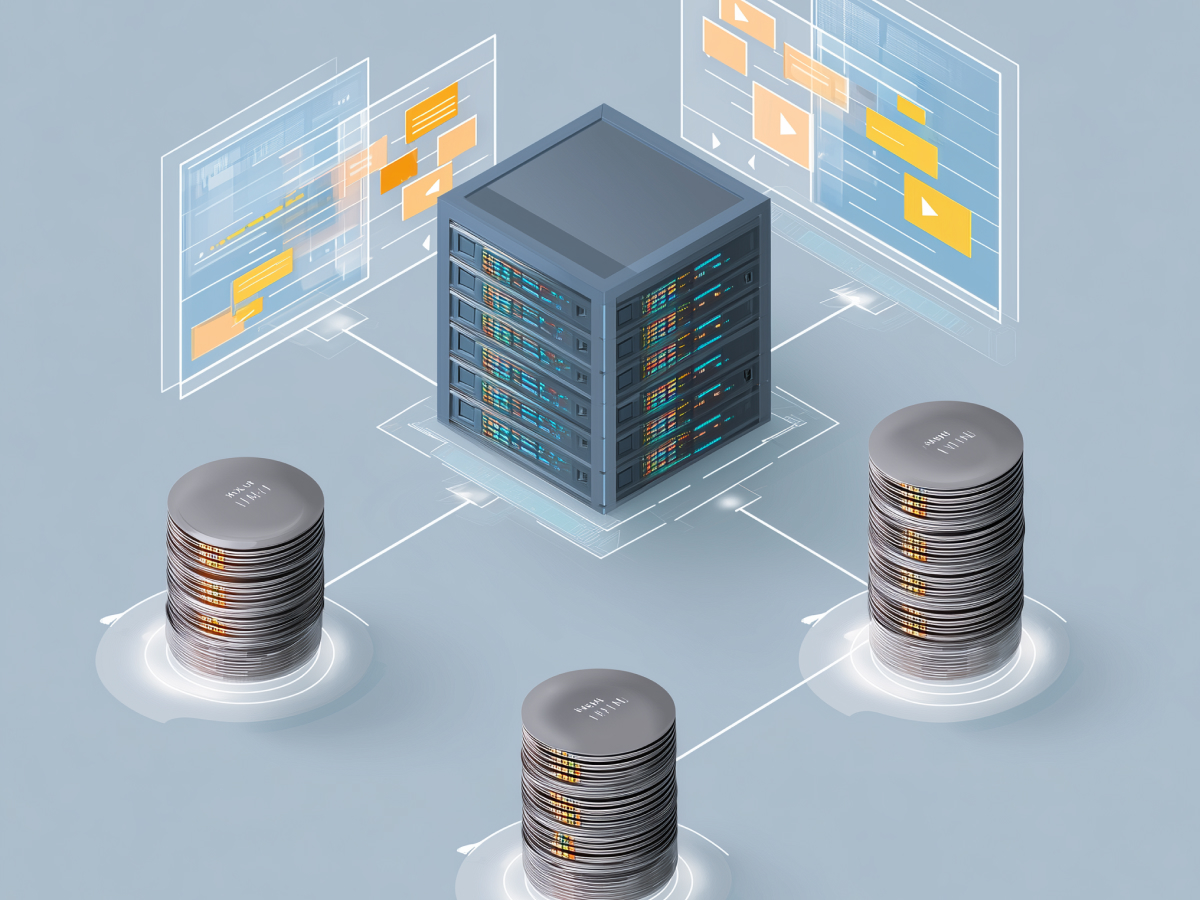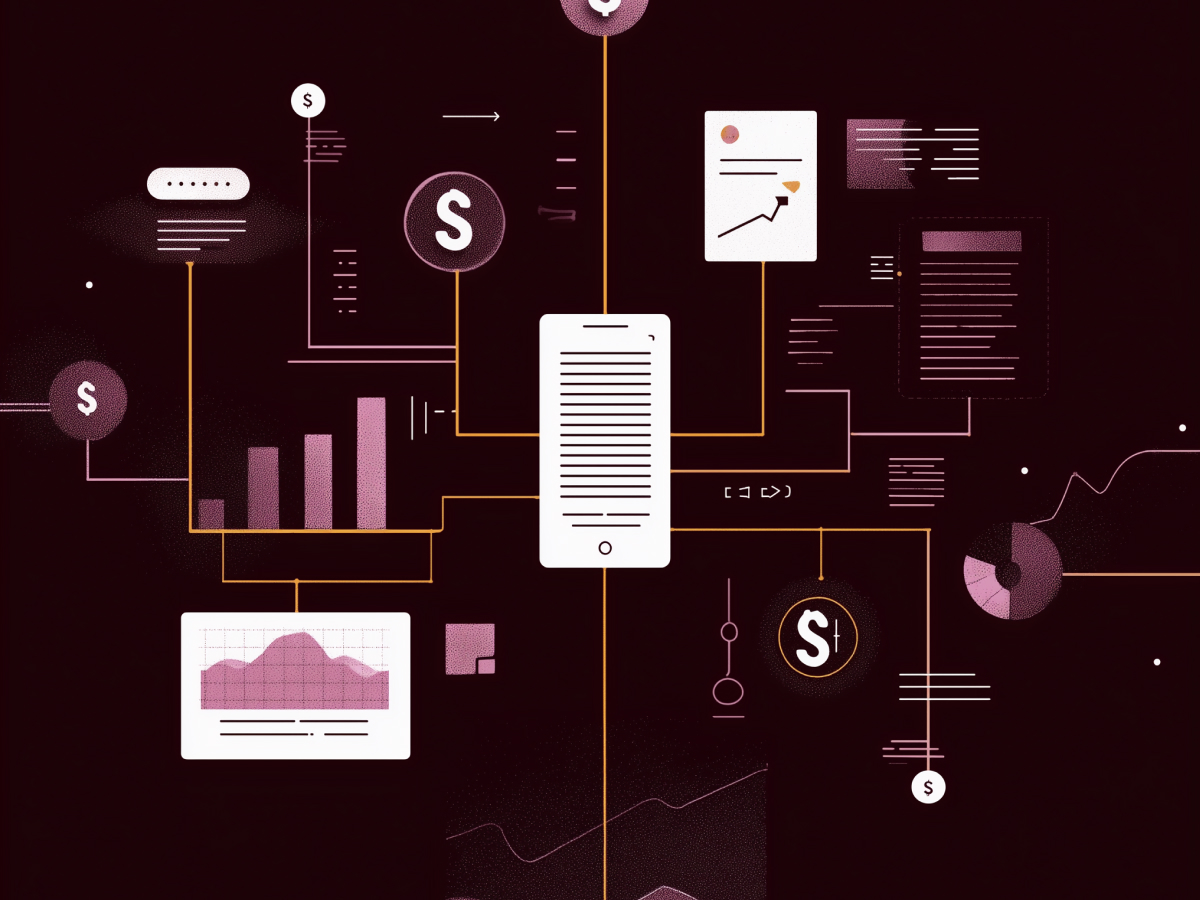Rohit de Souza’s appointment as CEO signals a strategic pivot for MariaDB. De Souza’s expertise lies in preparing organizations for acquisition, making his leadership a key indicator of MariaDB’s potential path. His past roles provide insights into his method:
- Micro Focus International: Led to a $5.8 billion acquisition by OpenText in January 2023.
- Actian: Sold to HCL Technologies and Sumeru Equity Partners for $338 million in 2018.
- BeyondCore: Acquired by Salesforce in 2016, though financial terms were undisclosed.
In each case, De Souza’s involvement in scaling and positioning companies for acquisition makes it plausible that MariaDB could be readied for a similar outcome. His role at MariaDB involves navigating both the technical roadmap and the financial attractiveness of the firm.
What’s next for MariaDB?
K1 Investment Management now owns 100% of MariaDB’s ordinary shares. The acquisition, finalized in September 2024, brings speculation about the direction the database company will take. MariaDB is an open-source database provider with SaaS offerings, maintaining a core focus on open-source technology managed by the MariaDB Foundation.
K1’s acquisition was first announced in February 2024, prompting questions about the company’s long-term trajectory, particularly in relation to its enterprise customers. For K1, the challenge is clear: turning MariaDB into a profitable asset in a competitive market dominated by cloud and large-scale database solutions. The acquisition suggests K1 sees potential in revitalizing MariaDB, but the specifics of their plan remain undisclosed.
What has this changed?
One of the most visible impacts on MariaDB’s business came when ServiceNow decided to move its customers from MariaDB to RaptorDB, a PostgreSQL-based fork developed in-house.
Holger Mueller from Constellation Research highlights that ServiceNow now has the expertise and financial muscle to build its own solutions, making RaptorDB a more natural fit for their evolving infrastructure.
When opting for an in-house solution, ServiceNow can make sure of more tailored control over its database architecture, an advantage that general-use databases like MariaDB couldn’t provide.
While the loss of ServiceNow is notable for MariaDB, it wasn’t entirely unexpected. As partners grow, they often outgrow off-the-shelf solutions and shift to bespoke platforms. It is a reality that explains the challenges MariaDB faces in maintaining its foothold with large enterprise clients, who may see more value in custom-built or larger-scale solutions.
Can MariaDB bounce back?
Under its new management, MariaDB has many hurdles to overcome. Doug Henschen, a principal analyst at Constellation Research, points out that MariaDB’s past instability and management issues have left the company vulnerable, with lost customers and uncertainty about its future.
For K1 and Rohit de Souza, the priority is to stabilize operations, regain customer confidence, and develop a clear product roadmap that assures potential and current customers of MariaDB’s long-term value.
Restoring trust is key, especially in a sector where businesses rely on robust, scalable database solutions. With competitors offering more stable and scalable options, MariaDB’s task is to demonstrate it can offer reliability and innovation moving forward.
A broader concern lies in whether MariaDB can retain enough market relevance to justify its existence in a saturated and competitive market. For tech vendors, the stakes are high, database technologies need to demonstrate both technical stability and a clear growth strategy, two areas where MariaDB has struggled in recent years.
What’s coming next?
K1 is taking steps to modernize MariaDB’s product offerings, aligning with key industry trends. Upcoming product releases include vector search in MariaDB Server and integration with Kubernetes (K8s) Operator.
New features are designed to help businesses get the most out of advanced AI-driven applications and cloud-native technologies.
MariaDB’s vector search capabilities will help enterprises to implement more sophisticated tools, such as image-based search and AI-powered chatbots. Kubernetes’ integration gives scalable cloud-native deployments, making it easier for businesses to run MariaDB in cloud environments while benefiting from greater flexibility and efficiency.
These developments align MariaDB with modern trends in large language models (LLMs), giving the company a chance to compete with more innovative cloud-first database providers.
The goal is to provide businesses with the tools to build advanced AI solutions, including recommendation systems and other data-intensive applications, which require powerful and scalable database backends.
How the underdog plans to compete
The global database market, worth $103 billion, is growing at a rate of 13-14% annually, according to Robin Schumacher of Gartner. Despite the rapid market expansion, MariaDB holds a 0.04% market share, generating less than $50 million in revenue in 2023.
The database sector is increasingly driven by cloud solutions, with Database-as-a-Service (DBaaS) making up 61% of the market. That share is expected to grow to 78% by 2028, underscoring the importance of cloud-first strategies for database providers. Vendors that prioritize cloud innovation will likely capture the most growth.
For MariaDB, the challenge is balancing its offerings between cloud and on-premises solutions. Being able to handle both models gives the company an edge over cloud-only competitors.
Schumacher notes that although DBaaS is dominating, on-premises spending is also expected to rise, reaching $50 billion by 2028. This means MariaDB still has opportunities to capture value from enterprises seeking both cloud and traditional database deployments.
MariaDB’s competitive edge
MariaDB’s ability to operate in both cloud and on-premises environments offers a strategic advantage. While cloud services are rapidly growing, the fact that on-premises spending is set to reach $50 billion by 2028 gives companies like MariaDB an opportunity to serve clients with diverse needs.
Cloud-only database providers are missing out on this revenue potential, whereas MariaDB’s dual capability means it can cater to organizations that require both flexibility and a strong on-premises option. A hybrid approach helps the company stay relevant in markets where cloud infrastructure adoption may not be fully mature.
Key takeaways, MariaDB is down but not out
Despite its technical strengths, MariaDB faces an uphill battle competing against much larger players in the database industry. Robin Schumacher’s analysis paints a sobering picture: MariaDB’s small market share and limited revenue make it difficult to compete with industry giants who have vast resources and broader customer bases.
Larger competitors benefit from economies of scale and can afford to invest heavily in R&D, marketing, and cloud infrastructure. Meanwhile, MariaDB must focus on niche opportunities and leverage its open-source appeal to remain in the game.
The path forward may involve finding ways to specialize further or even seek a strategic partnership or acquisition. Given these challenges, MariaDB’s ability to grow or secure new enterprise customers in the near term remains uncertain.





